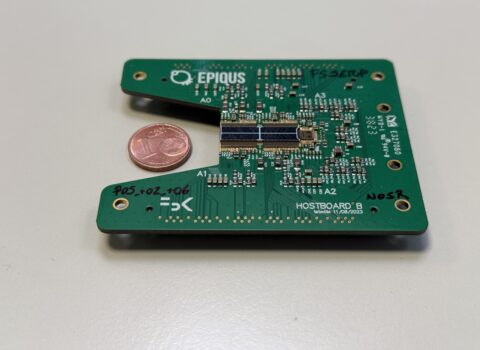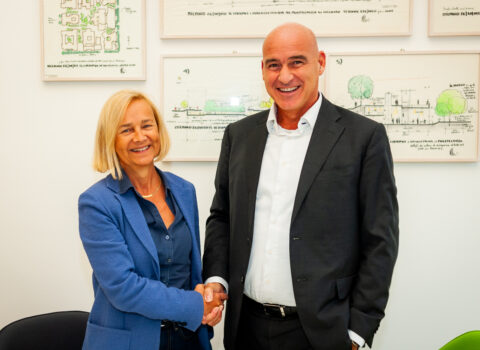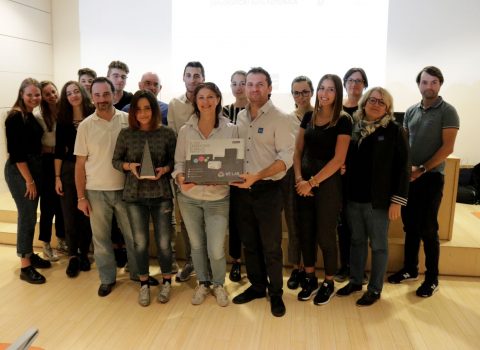#fotonica
-
 October 16, 2024Winning quantum photonicsTrento research toward an integrated quantum simulator awarded by IEEE
October 16, 2024Winning quantum photonicsTrento research toward an integrated quantum simulator awarded by IEEE -
 October 2, 2024Agreement between FBK and Politecnico di Milano signedThe agreement will see the two institutions engaged in joint actions in strategic areas ranging from microelectronics to photonics, artificial intelligence and MedTech.
October 2, 2024Agreement between FBK and Politecnico di Milano signedThe agreement will see the two institutions engaged in joint actions in strategic areas ranging from microelectronics to photonics, artificial intelligence and MedTech. -
 October 18, 2018Esploratori della Fotonica | Photonics ExplorersThe project designed to bring students closer to the scientific world of light has been completed
October 18, 2018Esploratori della Fotonica | Photonics ExplorersThe project designed to bring students closer to the scientific world of light has been completed -
October 9, 2018More efficient chips with UV lightThe study by FBK researcher Mher Ghulinyan was published in Optica, a scientific journal.